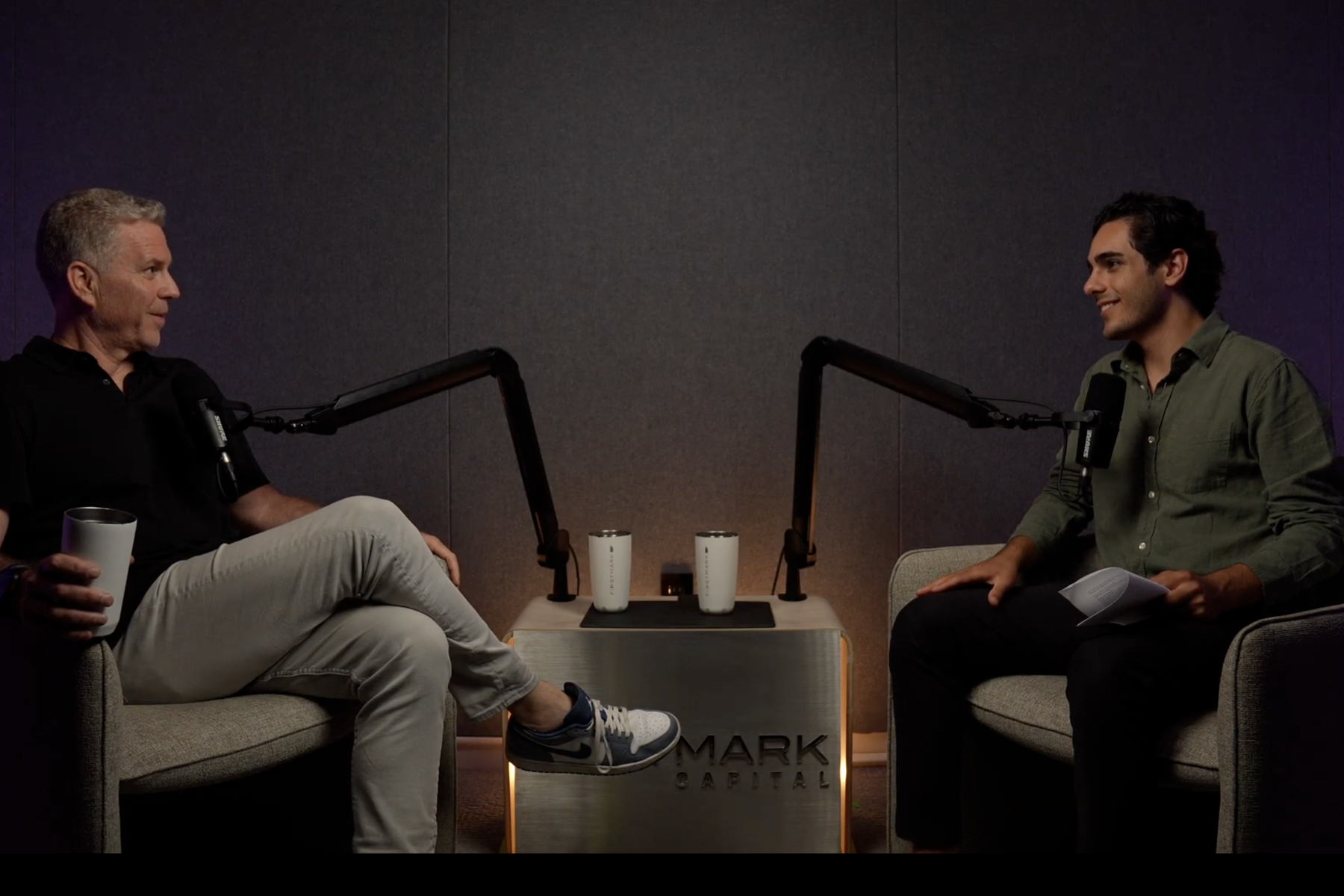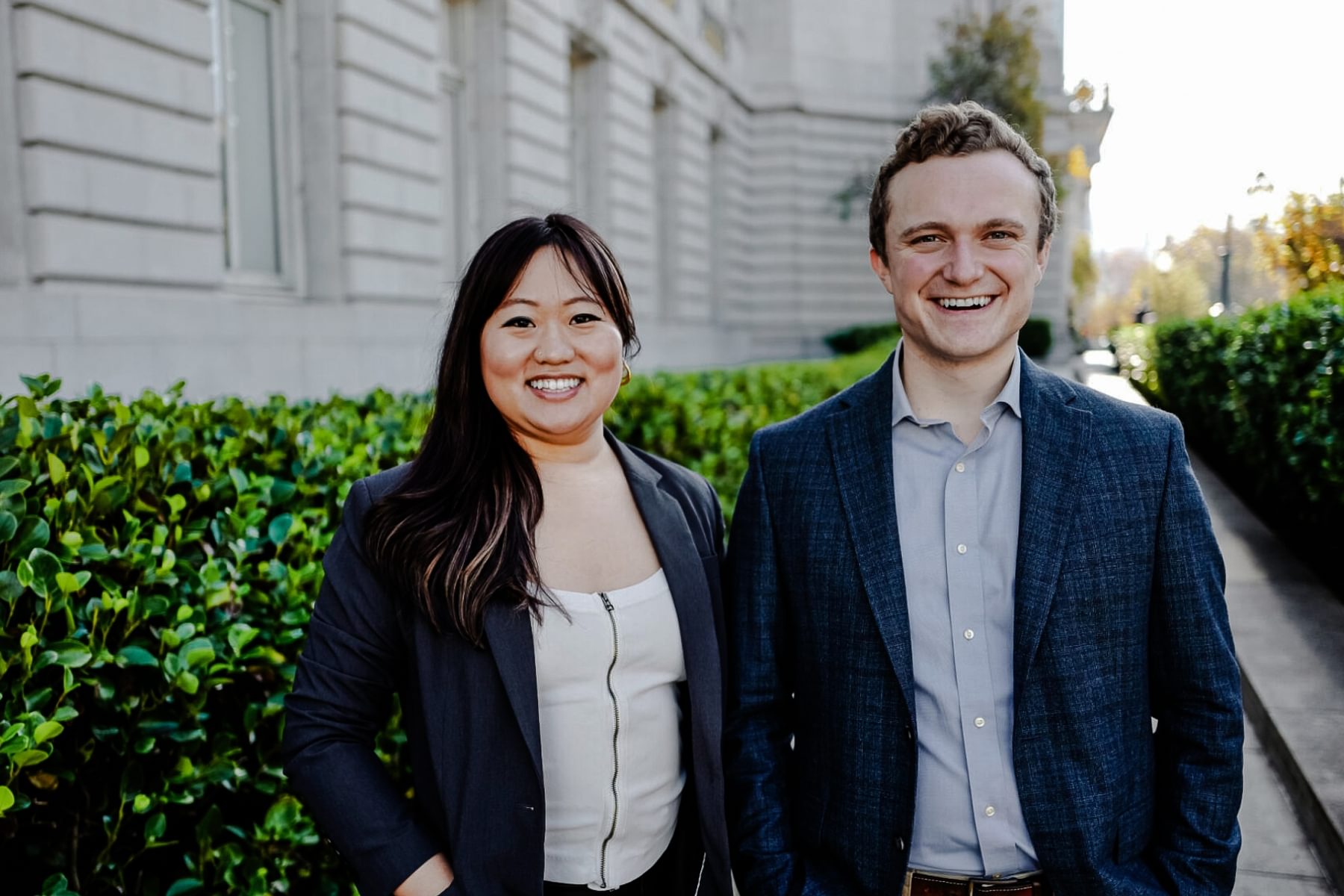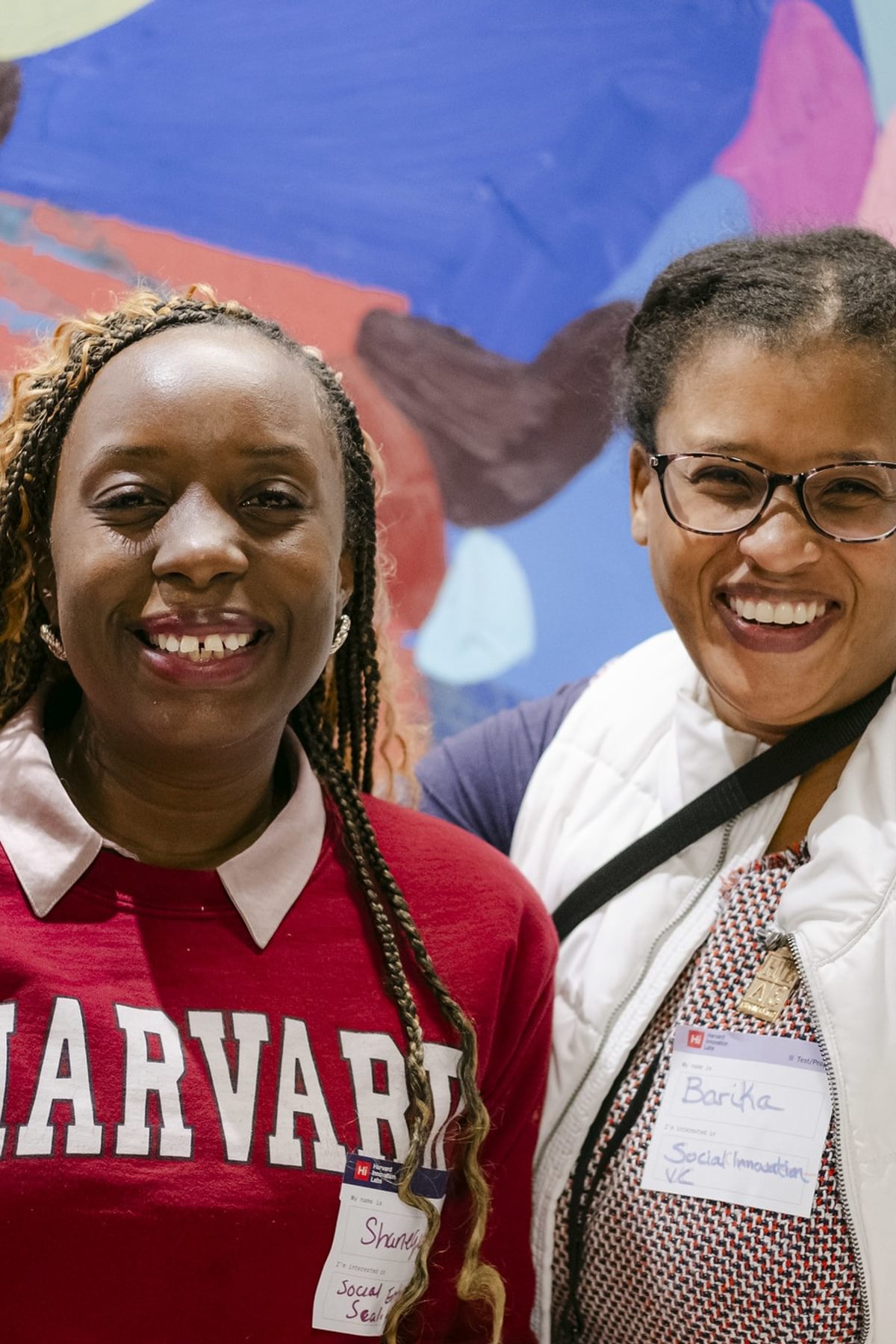A business plan, not a curriculum, is key when building a university innovation center
Outside perspective of a Harvard building during the day and the i-lab at night

At a recent conference on student entrepreneurship in higher education, I was surprised by how many of my peers were struggling to make university-led innovation programs work within academic settings.
The major problem was that they were approaching their problems like school administrators and not like an entrepreneur.
Higher education initiatives aimed at promoting innovation, entrepreneurship, and small business development need to be run like a venture, not like the English department. Where failure is not accepted and would not be tolerated in an academic setting, failure, and learning from mistakes made while building a startup, are actually vital to the success of a business endeavor.
The initial idea of the Harvard Innovation Lab was to create a “One Harvard” platform where students can come from across all the University’s schools and participate in all aspects of innovation and entrepreneurship. The best decision that Harvard made was structuring the i-lab to be run by entrepreneurs and providing autonomy to experiment. If it had been structured as an academic department from the beginning, the i-lab — which has helped companies like Mark43, RapidSOS, HourlyNerd, and Vaxess grow — would've looked quite different.
Guiding startups and those interested in innovation, you have to practice what you preach in order to have credibility and be perceived as authentic. You actually have to think like an entrepreneur and be entrepreneurial.
Providing resources and mentorship to early stage startups — some with business backgrounds, others with just an idea and some hustle — you need to be flexible and truly understand their needs.
One key is being nimble. Like any good venture, you need to build a roadmap of what you want to achieve, but you also need rapid prototyping and a continuous feedback loop to continue to iterate on your own ideas. We are very execution focused and are comfortable not being perfect the first time. With the i-lab, we operated as startup and discovered the learning opportunities, tools, and advice that are most appropriate for companies at various stages of growth.
The i-lab itself was a big experiment. When we opened the doors to the Harvard community four years ago, we really didn’t know who our customers would be and what their needs were. Now, we have students filling the i-lab every day to work on their ventures, as well as an adjacent curated community, called the Launch Lab, for high-potential alumni startups.
And we’ve made some mistakes.
When we started our mentorship program, our first inclination was to create a networking environment where potential startup founders could discover mentors by rubbing elbows and sharing business cards. We learned quickly, that by leaving connection-building up to chance, there were many missed opportunities for both startups and mentors. So we created our MentorMatch algorithm that creates a highly curated matching process, maximizing the value of the program.
The experienced entrepreneurs and business leaders who have mentored in various other programs tell us that what we do is the single most efficient and productive way of building connections. But MentorMatch came from continuously iterating on the process until we got it right.
Meeting with internal University administrators, we are often asked when we are going to get to “steady state,” as if the goal is to become a well-oiled machine. Our response is always, “hopefully never.” I don’t think we will ever get to a point where we are structured in a way similar to our academic forbearers. But that’s okay, because, at heart, we are entrepreneurs and innovators who don’t think about settling.
We would be doing a disservice to students, alumni, faculty, and other members of the university community if we built a static infrastructure and treated innovation like something that can be streamlined.
We are never complacent and always trying to improve upon our own minimal viable product. We test it, tweak it, and, if we need to, pivot our thinking.
All the things that ventures do, we need to do as an organization.
That’s the only way we can fulfill our mission to help Harvard students and alumni take their ideas as far as they can go.
Related Articles Browse All
-
![In person podcast recording with Michael Oved and Rick Heitzmann]()
Millions of Listens Later, This Harvard Student’s Podcast for Aspiring Entrepreneurs Is Just Getting Started
-
![]()
Harvard University Announces Jill Kravetz as Harvard Innovation Labs Executive Director
-
![Holly team smiling]()
This GovTech Startup Is Using AI to Transform Public Sector Hiring
-
![A founder hits a gong to mark an achievement]()
Spring 2025 Startup Milestones from the Harvard Innovation Labs Ecosystem




